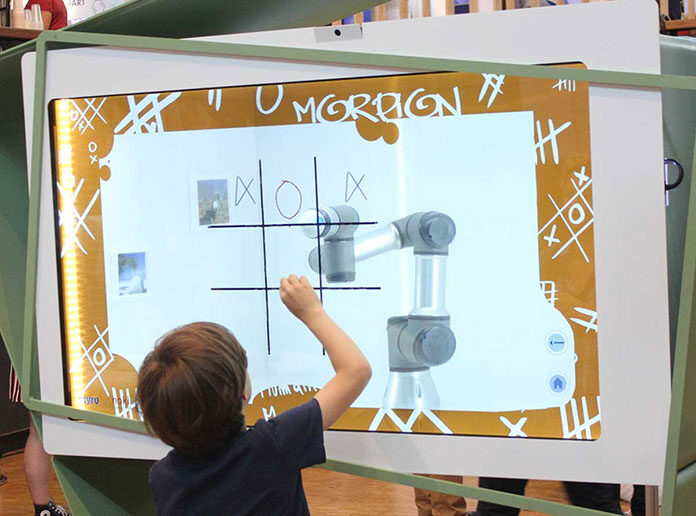The growth of collaborative robots has taken the education sector to a great new level by giving students an opportunity to learn and interact with robots as well as master robotic programming. The current robots have been designed with a humanlike character and resemblance able to engage with students just like their human teacher.
How you can implement Robots in the Classroom
Robots are amazing teaching tools and it is therefore essential to implement them in the right way in order to get the best results.
The following are a few basic guidelines that can be used when planning to use the robots in classrooms:
- Have a clear objective: It is necessary to identify specific learning objectives that you would like the robots in education to help you achieve, then use the robots only for that specific role.
- Use the robots for repetitive tasks: Robots in education can also help in doing boring and repetitive tasks which are time consuming for the teachers. By assigning this tasks to the robots the teachers can then focus their time on teaching the students more effectively.
- Make sure that the children do not become so attached to the robots: It is important to help the students understand that the robot is not just a social companion or friend but rather a teaching aid for their learning.
- Ethical Guidelines should be followed: Technology is increasingly becoming powerful every single day and therefore the need to follow the right ethical guidelines when using robots in education is very important.
Social Robots in Education
Social Robots in education are meant to teach and interact with students in a safe and attractive manner in all levels of learning.
The following are some of the examples of social robots in education:
- Tega is a social robot used to teach toddlers by telling them stories and asking them questions in an engaging and interactive way that feels so much like a human.
- Robin is a friendly humanoid programmed to teach younger kids a second language in an attractive, playful and safe environment.
- Kaspar is a doll like robot designed for autistic children in order to play with the children and teach them how to express themselves to other children.
- Keepon is a small yellow cobot designed to promote communication and social skills to children who have difficulties in development. It is a fun robot famous for its great love and dance of the band spoon.
- The inventions of Nao and Pepper robots could as well be used in the classroom as teaching assistants in Engineering, Arts and Technology to engage with students in order to promote emotional and social skills.
Benefits of using social Robots in Education
The use of Robots in Education teach up to date and valuable automation skills to teenagers and adults as well as support higher-education sophisticated projects in a variety of study areas.
Here are the benefits associated with using social robots:
- Social robots give students an emotional, social and physical interface that they can interact with compared to just starring at a book or a touch screen.
- The physical presence of the Robots in education triggers rational effects in the brain of the students which enhances memory, attention and learning.
- Social Robots are able to personalize and animate classes which encourages student participation by getting to know them at a personal level and answering their questions regarding the topics they have learnt.
- Social robots in education assist in developing a personalized study program for every student which in turn benefits the students by attaining higher attention levels of almost a hundred percent.
Conclusion
Robots technology has been making a great impact in schools and universities either as study materials or as teaching assistants.
Robots in education have as well improved the learning process and who knows they may as well enable us become more human.








